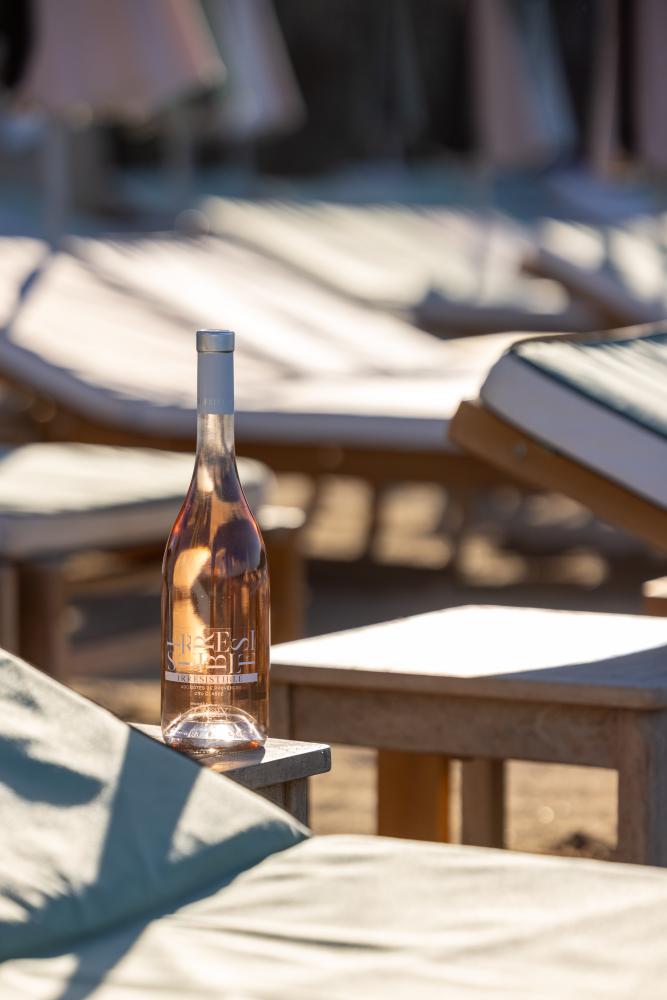The birthplace of Rosé wines is Provençe in southeast France. To this day, a significant amount of the world's best pink drinks are made there. These wines are universal. They are perfect for a barbecue party or a beach picnic and are also well-known for the restaurant's wine list and formal dinners. The Grenache Noir, Syrah, and Cinsault grape varieties are used to make fruity, fresh, and salmon-pink wines with good mineral content. Our selection includes among other things 2 Provençe Cru Classés producers- Domaine de la Croix ja Domaine Gavoty the excellent products of the Côtes de Provençe, as well as a fuller and more powerful dining table rosé from the selection of the Château de Pibarnon, the icon of Bandol. Alternatively, we offer berry flavored and light Domaine Uby Côtes de Gascogne rosé. We can also offer the world-famous semi-dry Rosé d'Anjou from the craftsman in the Loire Valley Domaine de la Petite Croix.
MANUFACTURE OF ROSE WINES
Wines that are much lighter than red wine are called rosé wines, but in the initial stages, the technological scheme for their production is similar to the production of red wine. After crushing the berries, maceration is carried out. Today, this usually takes place immediately after the berries are crushed in the same pneumatic press. Less frequently, the must and skins are pumped into the maceration tank, where the beverage acquires a suitable color. The latter methodology is used to make stronger and darker rosé wines. As the fermentation of rosé wines takes place at low temperatures (10-20°C) and the contact time of the skins is relatively short (3-36 hours), fermentation is usually only started after the skins have been removed. What happens next is quite similar to making white wine. Rosé wines are generally matured in stainless steel containers. In rare cases, oak barrel aging is still used today.




